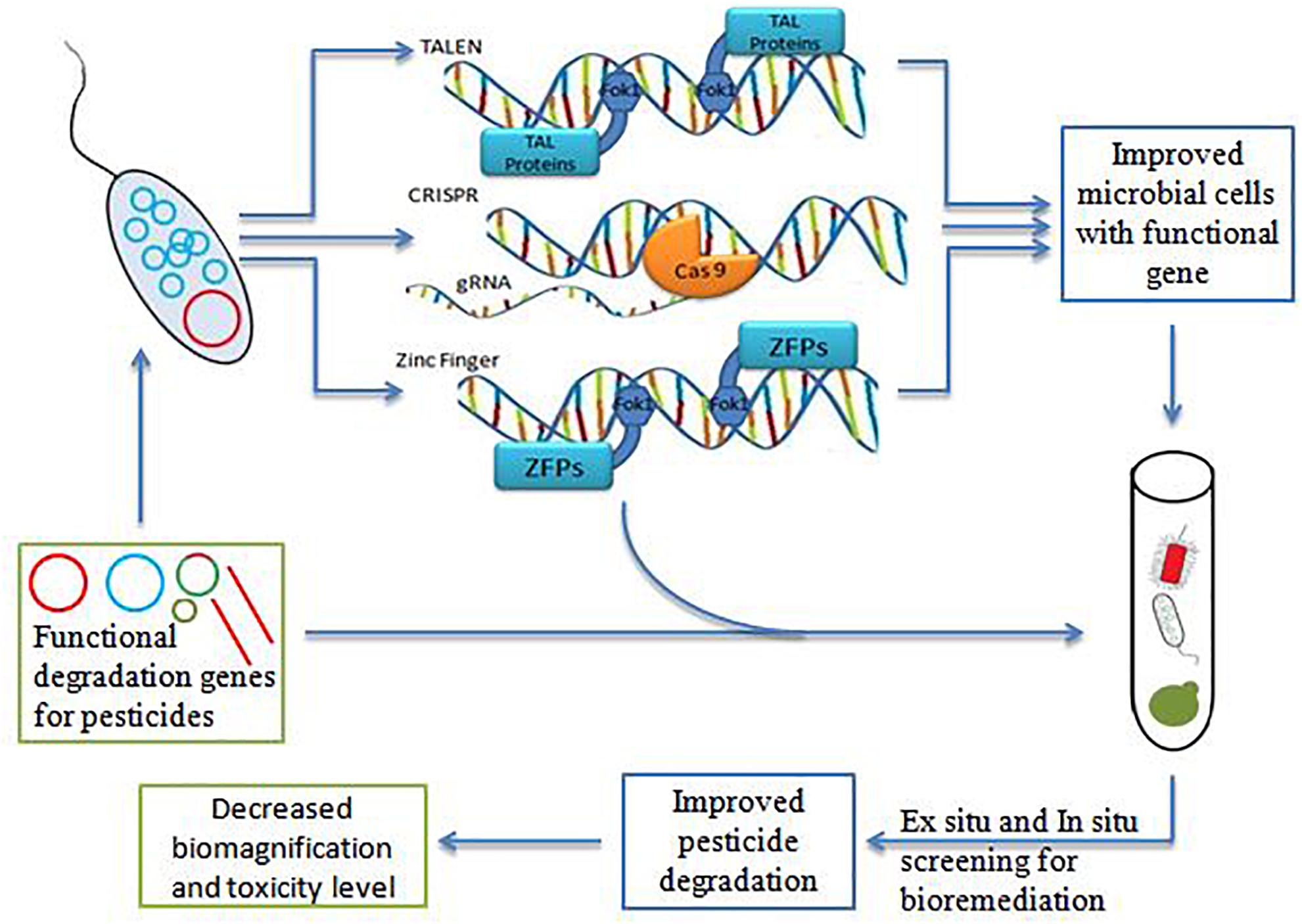
Title: Genetically Modified Microbe Provides Significant Advancement in Oil Spill and Wastewater Cleanup
Environmental oil contamination—stemming from industrial wastewater or catastrophic marine oil spills—poses major ecological threats. These pollutants typically appear as intricate mixtures of hydrocarbon compounds that are not only harmful but also persistent in ecosystems, endangering marine organisms, soil health, and long-term environmental stability. A research team from Shanghai Jiao Tong University and associated Chinese institutions has now designed an engineered microbial strain capable of simultaneously degrading multiple hydrocarbons, signaling a key leap in environmental bioremediation strategies.
The Challenge: Restrictions of Natural and Earlier Engineered Strains
Indigenous bacteria can decompose specific hydrocarbons; however, their efficiency is constrained by the specificity of their catabolic enzymes—most can only act on a single pollutant or closely related compounds. Additionally, these bacteria frequently underperform in saline habitats like seawater, where oil spills commonly occur.
Efforts to modify microbes for bioremediation have primarily concentrated on enabling the breakdown of single pollutants. Although significant headway has been made with these engineered strains, they do not successfully tackle real-world pollution situations that involve a complex array of chemicals.
The Innovative Solution: A Versatile Engineered Microbial Strain
To overcome these challenges, Professor Hongzhi Tang and his team concentrated on a promising host microorganism: Vibrio natriegens. This marine bacterium is distinguished by its remarkably rapid growth (with a doubling time of less than 10 minutes), inherent resistance to salty environments, and metabolic adaptability.
The researchers genetically modified V. natriegens to create a new strain—VCOD-15—that is capable of degrading five prevalent hydrocarbons typically found in industrial waste and oil spill locales:
– Biphenyl
– Phenol
– Naphthalene
– Dibenzofuran
– Toluene
These pollutants are commonly associated with petroleum products and exhibit notable resistance to biodegradation. Successfully engineering a microbe that can target all five represents a remarkable advancement.
Engineering Hurdles Overcome
Developing VCOD-15 was a technically challenging endeavor. The research team initiated the process by inserting a master regulator gene into chromosome 1 of V. natriegens, preparing it to receive large gene constructs. Following this, they synthesized nine distinct gene clusters responsible for hydrocarbon degradation, utilizing yeast to construct the DNA segments externally to the bacterium.
These gene clusters underwent efficacy evaluation, and the five most effective were selected for integration. Nevertheless, inserting multiple large gene clusters—some larger than 10 kilobases—was a significant challenge. To address this, the team innovated a new genetic engineering method utilizing naturally occurring transformation mechanisms in V. natriegens to incrementally integrate each cluster into the genome sequentially. This phased approach culminated in the final super-strain, VCOD-15.
Real-World Application
Laboratory flask tests initially demonstrated that VCOD-15 could degrade each of the five hydrocarbons. Encouragingly, the strain also showed efficacy in more complex, realistic settings:
– In industrial wastewater utilizing activated sludge bioreactors
– In saline soil using pot arrays designed to replicate environmental conditions
The pollutants were not merely partially broken down; VCOD-15 reduced their concentrations to below 2% of the original levels. It accomplished this by transforming the hydrocarbons into three less-harmful compounds: salicylic acid, catechol, and benzoic acid, which can subsequently be further metabolized by native soil or wastewater microbes.
“The discovery that a single strain can concurrently degrade such a diverse range of hydrocarbons is genuinely thrilling,” remarked Tang. “It exceeds even our projections.”
Cautions and Future Trajectories
Despite the exciting prospects, VCOD-15 is not yet ready for widespread environmental application. It carries a gene for chloramphenicol resistance—a concern since such antibiotic resistance genes can potentially disseminate to other microbes through horizontal gene transfer.
For the time being, the researchers intend to utilize VCOD-15 in controlled environments such as closed bioreactors or remediation units equipped with filtration at the outlet to prevent the escape of genetically modified organisms (GMOs) into the environment.
Expert insights suggest that while this development is a significant achievement, further steps are necessary. “The complete mineralization of the targeted pollutants and the establishment of robust biocontainment protocols must be the next priority,” stated Dr. Lennart Schada von Borzyskowski, a metabolic engineering specialist at Leiden University.
Conclusion
The creation of VCOD-15 marks a pivotal moment in the arena of environmental biotechnology. With additional safety protocols and engineering enhancements, this salt-tolerant, rapidly growing bacterium could eventually provide a scalable solution for the remediation of oil pollution in oceans, industrial wastewater, and contaminated soils, aiding in the quest for a cleaner, more resilient planet.
References:
– Tang, H., et al. (2024). Engineering of V. natriegens for Bioremediation of